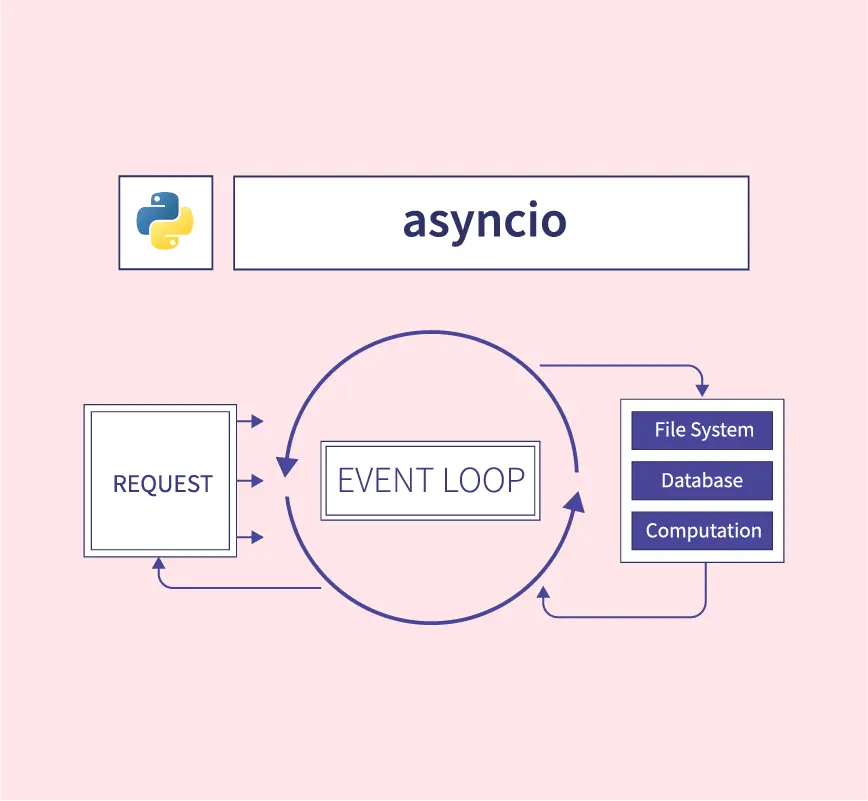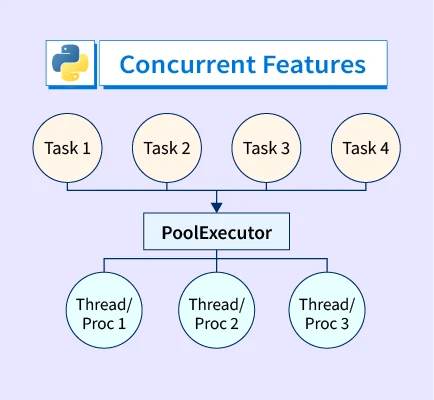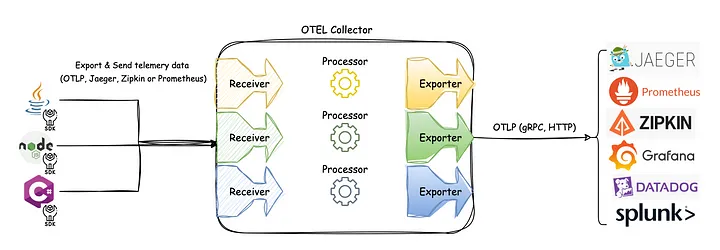Python - IO
基础
1 | name = input('your name:') |
- input() 函数暂停程序运行,等待键盘输入,直到回车被按下
- 函数的参数为提示语,输入的类型永远都是字符串(string)
- print() 函数则接受字符串、数字、字典、列表和自定义类
input() 的输入类型为 string
1 | a = input() # 1 |
- 使用强制转换时,要加上 try-except
- Python 对 int 类型没有最大限制,对 float 类型依然有精度限制
文件
- open() 函数拿到文件的指针(句柄)
- r 表示读取,w 表示写入,rw 表示读写,a 表示追加
- read(),读取文件的全部内容到内存中
- **readline()**,每次读取一行
- **write()**,将参数中的字符串输出到文件
- with - 类似于 Java try-with-resources
- open() 函数对应于 close() 函数
- 使用 with 语句,不需要显式调用 close() - 自动调用
- 所有的 IO 都应该进行错误处理
1 | with open('in.txt', 'r') as fin: # close file automatically |
JSON
1 | import json |
- json.dumps() 函数,接受 Python 的基本数据类型,将其序列化为 string
- json.loads() 函数,接受一个 string,将其反序列化为 Python 的基本数据类型
File + JSON
1 | import json |
All articles on this blog are licensed under CC BY-NC-SA 4.0 unless otherwise stated.











